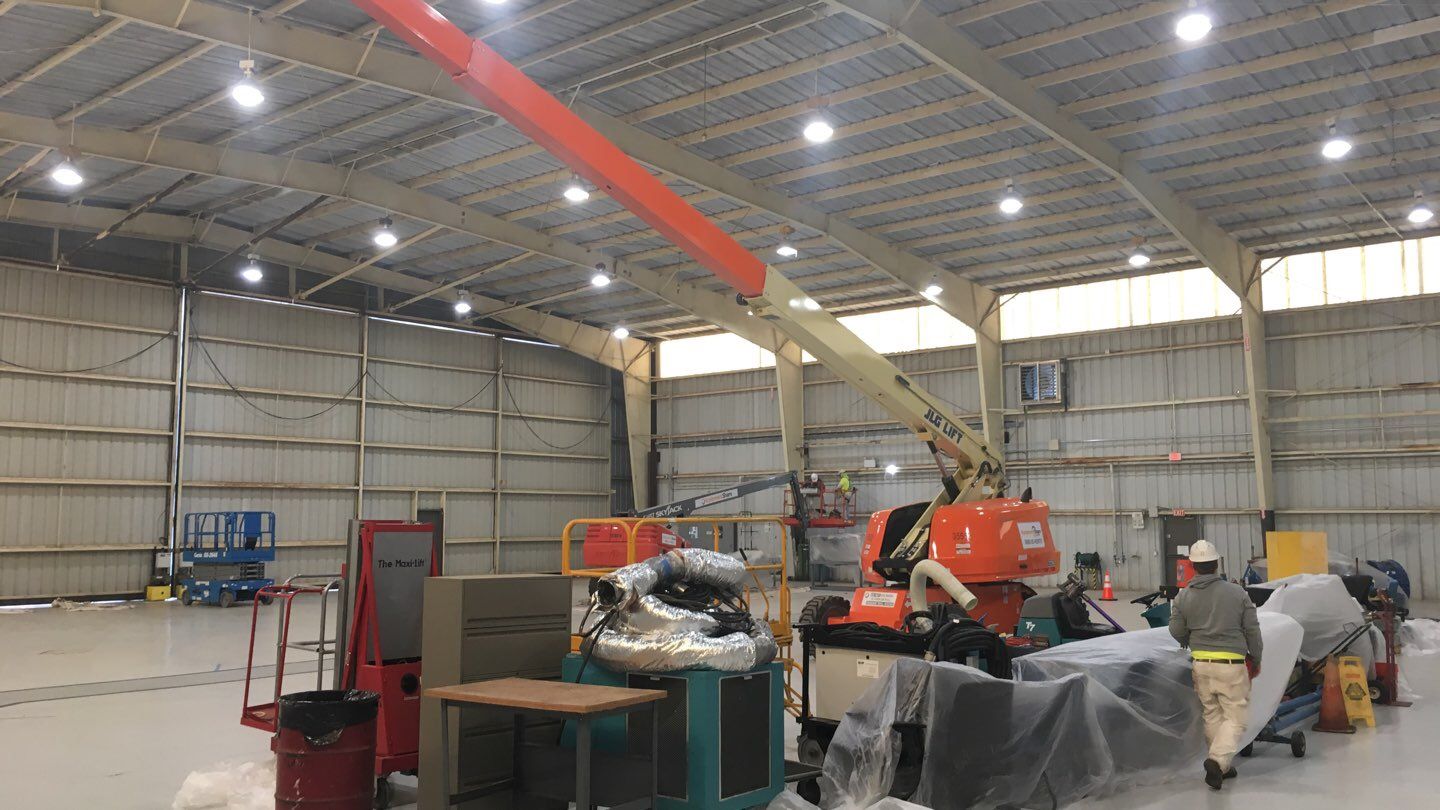 More workplaces are utilizing bleach and other disinfectants on a regular basis. This requires the cleaning chemicals to be transported and stored safely on a scale not familiar to those who have only used them for residential purposes, creating new risks that must be managed effectively.
More workplaces are utilizing bleach and other disinfectants on a regular basis. This requires the cleaning chemicals to be transported and stored safely on a scale not familiar to those who have only used them for residential purposes, creating new risks that must be managed effectively.
This is especially true for industrial painting projects.
For various reasons, industrial painting often requires significant cleaning to take place:
- Many organic contaminants can inactivate bleach and other disinfectants
- Organic compounds can interfere with some coatings until they cure fully
- Only a handful of specialized coatings should be applied directly to rust
With these factors in mind, industrial painting professionals often take cleaning into account as part of the site preparation process, which also includes ensuring the environment offers the right temperature, humidity, and other factors conducive to the required coatings.
Teams, clients, and their personnel must be aware of the specific dangers this can create.
In particular, many cleaning chemicals pose a risk of volatile organic compounds.
Volatile organic chemicals (or VOCs) are emitted as harmful gasses from some chemicals, including industrial solvents and fuel components. Even in the residential setting, organic pollution related to VOCs is about two times to five times higher inside than outside, according to the EPA.
VOC exposure can cause a wide range of serious health effects very rapidly.
VOCs develop in high concentrations in cleaning agents, but are commonly found elsewhere. Until recently, paints in industrial settings relied on VOCs. This has gradually been phased out, but many paints still pose some risk. Contractors should evaluate and explain these to the client based on the environment and project requirements.
What Risks Do VOCs Pose and Where Do They Appear in the Workplace?
An industrial environment often includes harsh acids and other chemicals that can cause harm in contact with skin or mucous membranes. Even a brief uncontrolled exposure to these chemicals can be dangerous. However, more common products can also pose substantial risks.
VOCs react rapidly with nitrogen oxides in the air and form ground-level ozone. This irritates the eyes, nose, and throat and aggravates a variety of respiratory conditions, such as asthma. Short-term effects can be very severe and long-term exposure may lead to organ failure or death.
Typical symptoms of VOC exposure include:
- Eye, nose, and throat damage with potential loss of vision
- Damage to kidneys, liver, and the central nervous system
- Nausea, dizziness, and headaches
- Difficulty standing, walking, and using fine motor skills
VOCs are well known to industrial suppliers. Regulations intended to restrict their environmental impact have led to changes in the composition of many products. On their own, they are capable of interfering with plant growth, reducing soil nutrients, and accelerating acid rain.
A variety of industrial workplaces and activities can also generate VOCs:
- Gasoline and diesel emissions from vehicle fleets
- Wood burning and lawn mower operation
- Various equipment used at auto body shops
- Some industrial painting and coating projects
Because the release of VOCs is inevitable during some industrial coating work, your painting contractors should take precautions at every stage of the project to limit your risk.
Controlling VOC Risk Factors During Industrial Coating Projects
Since 1999, regulations have been in place to reduce the concentration of VOCs used within Architectural and Industrial Maintenance (AIM) coatings. The AIM Rule, as it is called, makes industrial coatings much safer and enables easier protection of your workforce.
In the years since, low-VOC and even zero VOC coatings have become much more common. In some industrial settings, zero VOC coatings are a requirement. In others, low-VOC coatings can be used, minimizing risk while ensuring a cost-effective solution for large facilities.
Most traditional paints rely on VOCs as the means of keeping their components in suspension. Zero VOC alternatives can be applied with no chemical off-gassing or hazardous air pollution.
For example, inorganic ceramic coatings are entering the market in greater numbers. Many of these provide substantial protection against corrosion, fire, abrasion, chemicals, heat, and cold.
In the run up to a project, be sure you get complete and specific answers about the hazards that are associated with your coatings. Communicate frankly with your project team to ensure that all relevant environmental and safety regulations will be followed to the letter.
When zero VOC coatings are used, both your personnel and the public are safer.
That said, there are situations where low-VOC coatings may be appropriate – and precautions must still be taken to avoid chemical exposure. A full communication plan, including regular updates and signage where necessary, should keep everyone informed of workflow changes.
During coating curing, some areas of the workplace may be sensitive to environmental changes. Traffic should be rerouted and staff advised of the best way to proceed. With appropriate planning, VOC risk can be reduced to the lowest possible levels.






